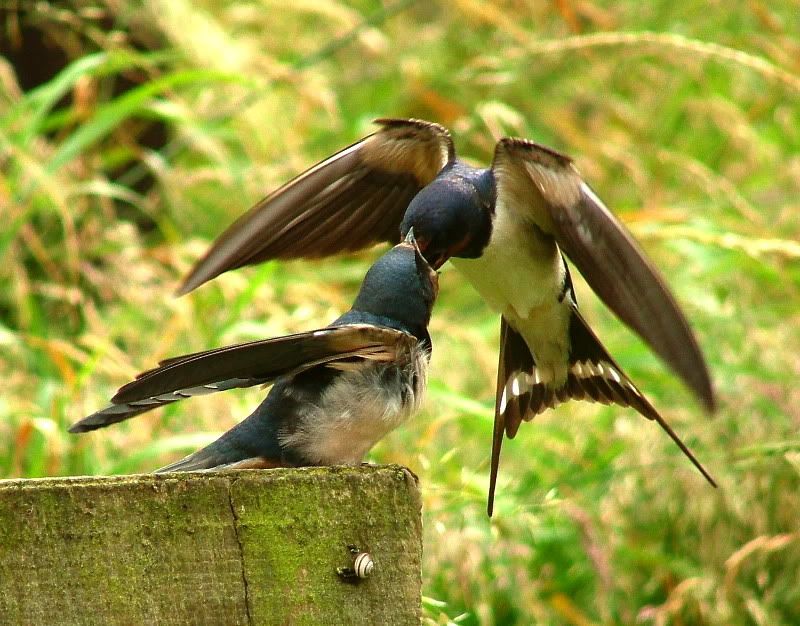
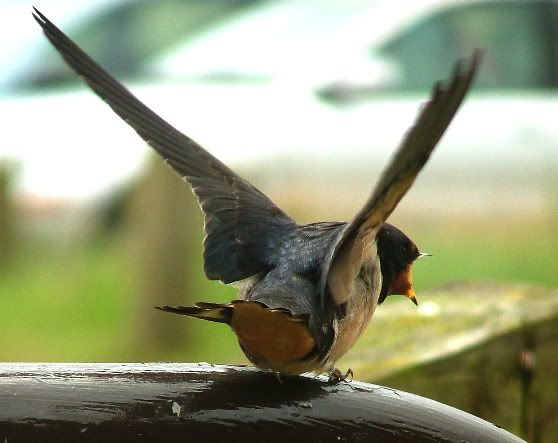

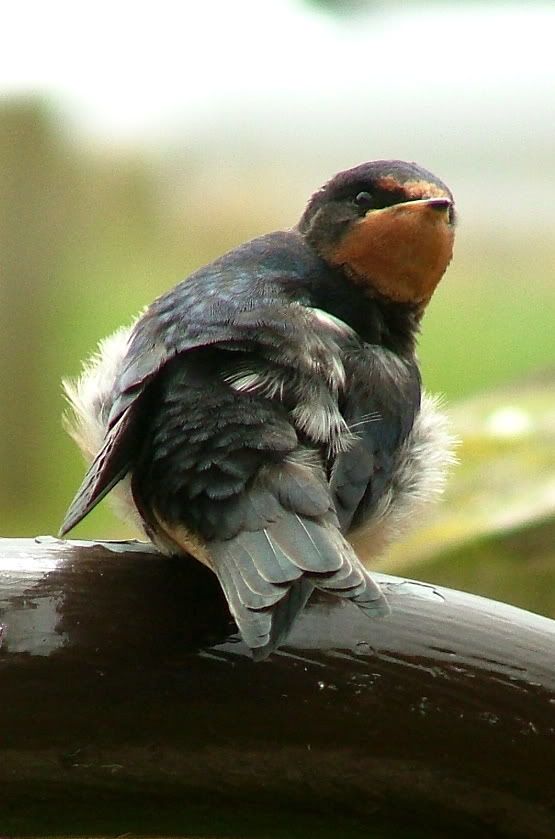
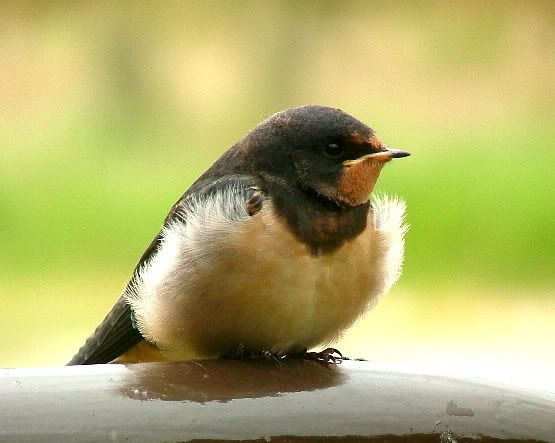
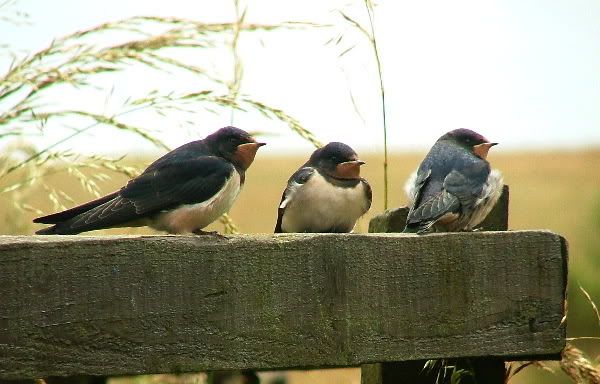
Common bird, and amazing.






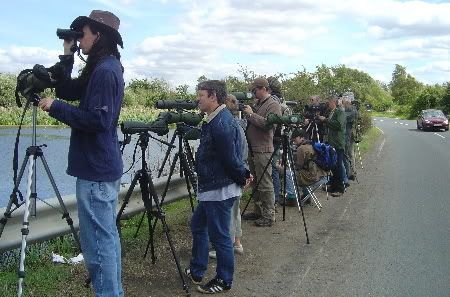 What makes a twitcher? An hour's drive up the A1 to see one (or two) birds? Not quite, I hope.
What makes a twitcher? An hour's drive up the A1 to see one (or two) birds? Not quite, I hope.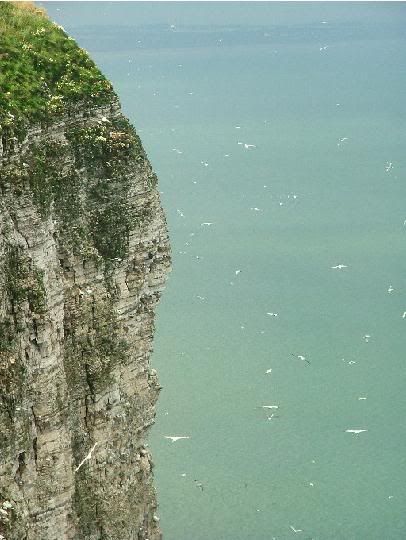
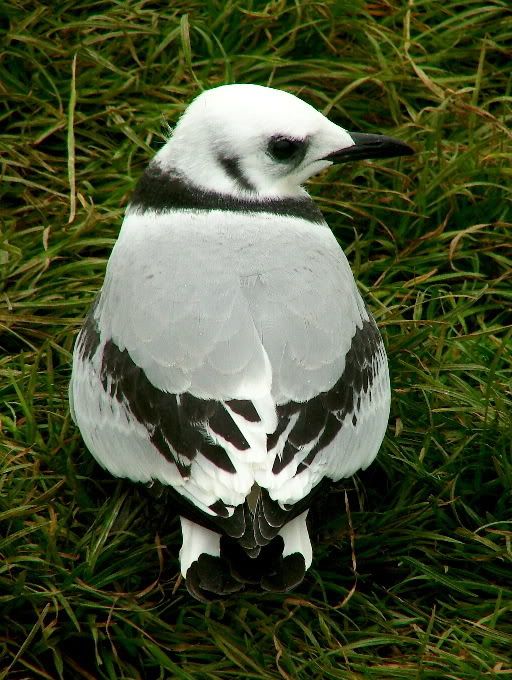 The most numerous species is far and way the Kittiwake, and with that eponymous call they endlessly shriek you sure know about it. We discovered this young bird on the path above the cliff. It seemed bewildered and a little lost, soon scuttling away into some long grass. I'm sure it soon found its own way to the sea.
The most numerous species is far and way the Kittiwake, and with that eponymous call they endlessly shriek you sure know about it. We discovered this young bird on the path above the cliff. It seemed bewildered and a little lost, soon scuttling away into some long grass. I'm sure it soon found its own way to the sea.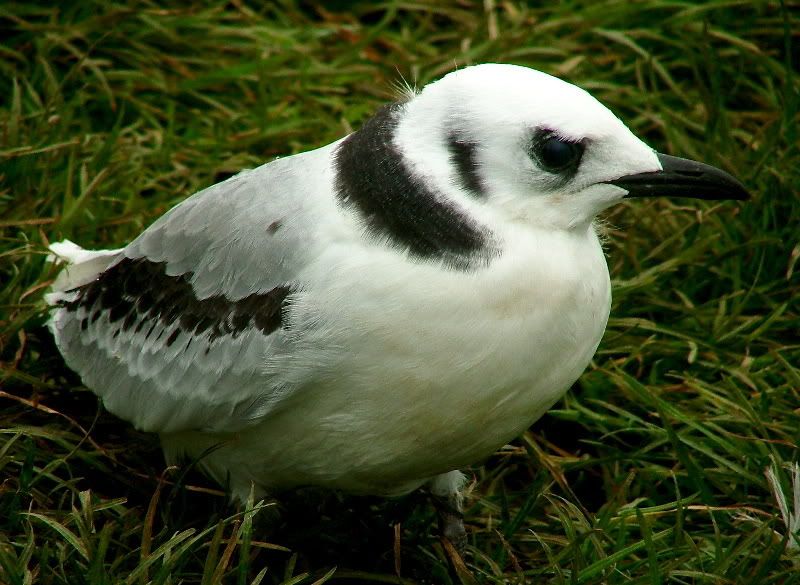 Those dark markings, the wing bar, the collar and those weary black eyes, Kittiwake juveniles can a look a sorry bird in dull weather.
Those dark markings, the wing bar, the collar and those weary black eyes, Kittiwake juveniles can a look a sorry bird in dull weather. The view to the North.
The view to the North.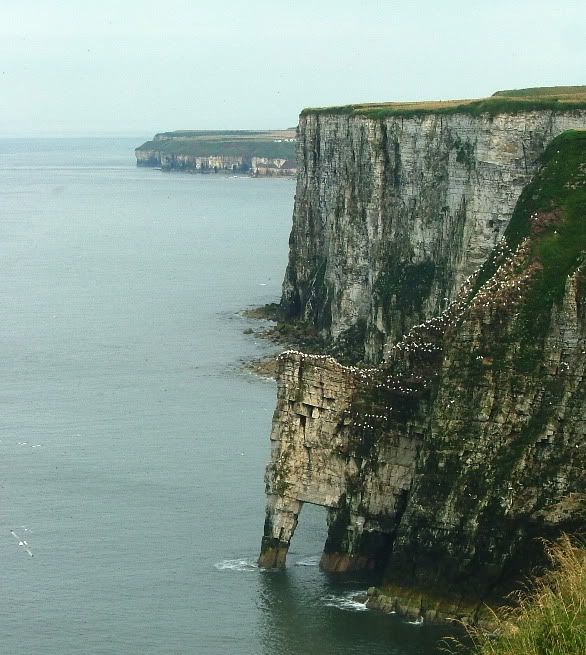 And South.
And South.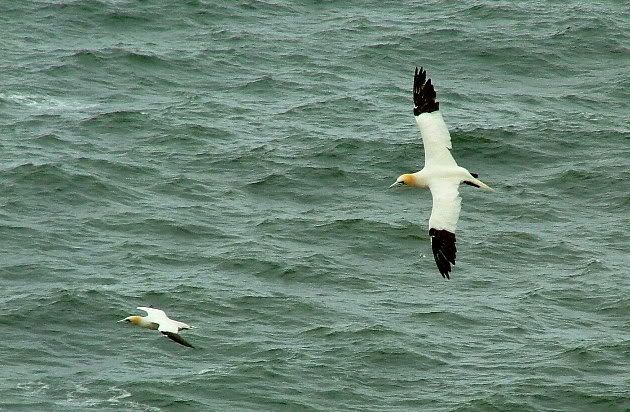 For me the most striking bird of the cliffs are easily the Gannet. Could it be their impressive size, or their airline markings? Maybe it's the strange dinosaur features of their heads, whichever way you choose to look at these birds we have nothing else in Britain quite like the 'Soland Goose'.
For me the most striking bird of the cliffs are easily the Gannet. Could it be their impressive size, or their airline markings? Maybe it's the strange dinosaur features of their heads, whichever way you choose to look at these birds we have nothing else in Britain quite like the 'Soland Goose'.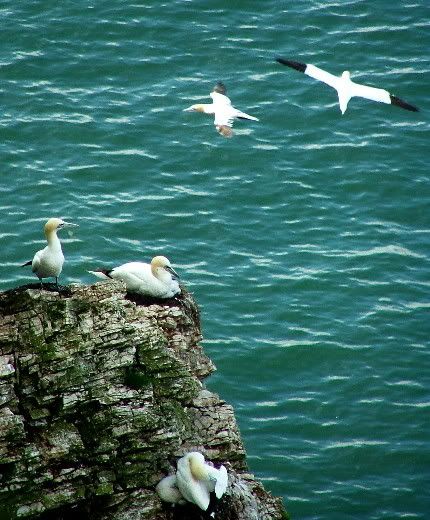

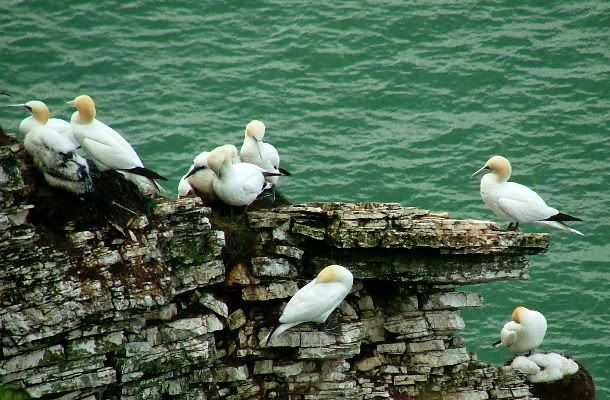 Note the fluffy youngsters on the left.
Note the fluffy youngsters on the left.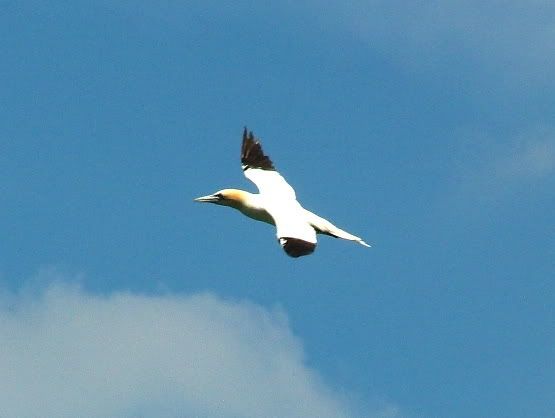
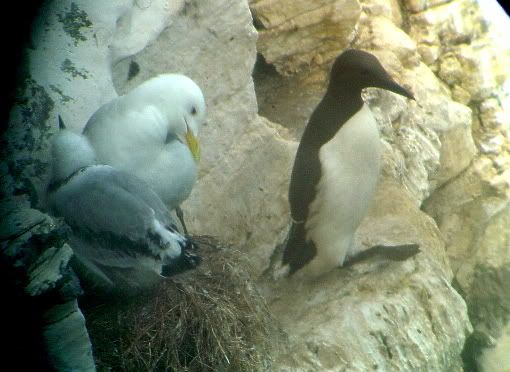 What there were much fewer of were the auks. Puffin, Guillemot and Razorbill only sparsely dotted areas of the cliffs. Hopefully that's not an indication of another bad year for them. They don't seem as able to bounce back from the lean years of the early 2000's in the way the Kittiwakes have managed. The sand eel fisheries may have closed on the east coast, providing time for these seabird's main prey item to restock, there are still problems to solve though. Quick fixes don't exist in nature conservation.
What there were much fewer of were the auks. Puffin, Guillemot and Razorbill only sparsely dotted areas of the cliffs. Hopefully that's not an indication of another bad year for them. They don't seem as able to bounce back from the lean years of the early 2000's in the way the Kittiwakes have managed. The sand eel fisheries may have closed on the east coast, providing time for these seabird's main prey item to restock, there are still problems to solve though. Quick fixes don't exist in nature conservation.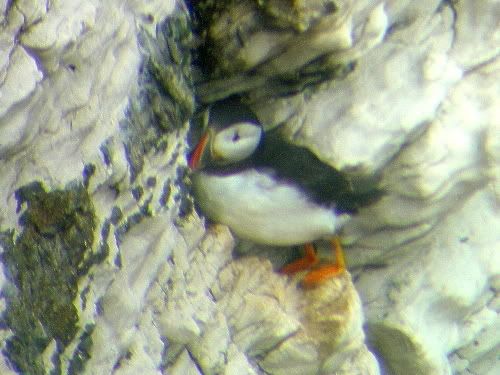 Unusually the Puffins at Bempton don't nest at the top of the cliffs in vacated rabbit burrows as they do elsewhere, instead they choose hidden crevices in the rock face. That makes viewing them trickier than might be imagined. With a keen eye and a scope, you can still get pretty good views of this most charming bird.
Unusually the Puffins at Bempton don't nest at the top of the cliffs in vacated rabbit burrows as they do elsewhere, instead they choose hidden crevices in the rock face. That makes viewing them trickier than might be imagined. With a keen eye and a scope, you can still get pretty good views of this most charming bird. Taking to a boat, we chose the steady Yorkshire Belle, gives another perspective on the 300+ft high cliffs. Our choice was the three hour cruise from Bridlington harbour, as far as the RSPB reserve and then onto Filey Bay. Frankly, another time we'd opt for the 2 hour boat that turns back at Bempton, there wasn't much to see thereafter and the loud engine noise was far from pleasant.
Taking to a boat, we chose the steady Yorkshire Belle, gives another perspective on the 300+ft high cliffs. Our choice was the three hour cruise from Bridlington harbour, as far as the RSPB reserve and then onto Filey Bay. Frankly, another time we'd opt for the 2 hour boat that turns back at Bempton, there wasn't much to see thereafter and the loud engine noise was far from pleasant.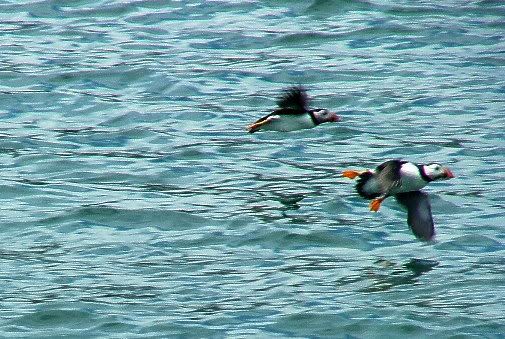 You get closer to the Puffins though.
You get closer to the Puffins though.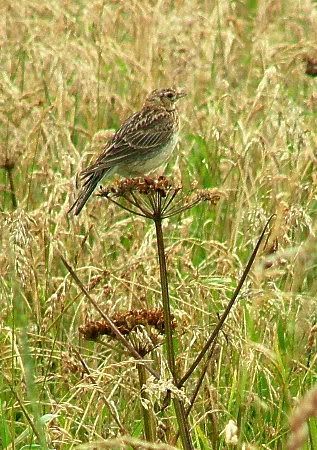 Back at the top of the cliffs the birding in the fields behind can potentially bring up remarkable migrants, but not during our visit, mid-July isn't really the time for passages. Meadow Pipit, Linnet, Reed Bunting and birds like this juvenile Skylark meant there was something worth scanning for.
Back at the top of the cliffs the birding in the fields behind can potentially bring up remarkable migrants, but not during our visit, mid-July isn't really the time for passages. Meadow Pipit, Linnet, Reed Bunting and birds like this juvenile Skylark meant there was something worth scanning for. A Jay in St James' Park, less shy than those at home, this fella was hawking for flying insects from a perch above a crowded path and the muttering of many different languages.
A Jay in St James' Park, less shy than those at home, this fella was hawking for flying insects from a perch above a crowded path and the muttering of many different languages.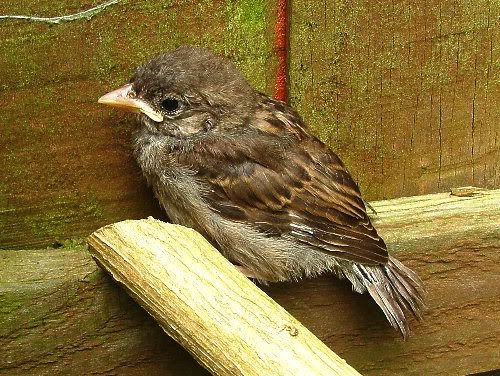 The garden is full of birdlife at present, always at least half a dozen fledglings of one species or another in our tennis court-sized plot of suburbia. Some looking rather sorry for themselves, like this House Sparrow, poor little fella, I'm sure a parent bird was looking over him. Out there with him was a small gang of Blackbird fledglings almost ready to disband, one young Song Thrush which I'm very pleased to see, Starlings and around the forsythia a brood of Blue Tits zip and zoom.
The garden is full of birdlife at present, always at least half a dozen fledglings of one species or another in our tennis court-sized plot of suburbia. Some looking rather sorry for themselves, like this House Sparrow, poor little fella, I'm sure a parent bird was looking over him. Out there with him was a small gang of Blackbird fledglings almost ready to disband, one young Song Thrush which I'm very pleased to see, Starlings and around the forsythia a brood of Blue Tits zip and zoom.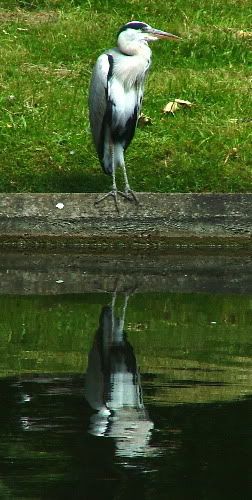 The Regent's Park Herons are one of the best treats of the capital.
The Regent's Park Herons are one of the best treats of the capital.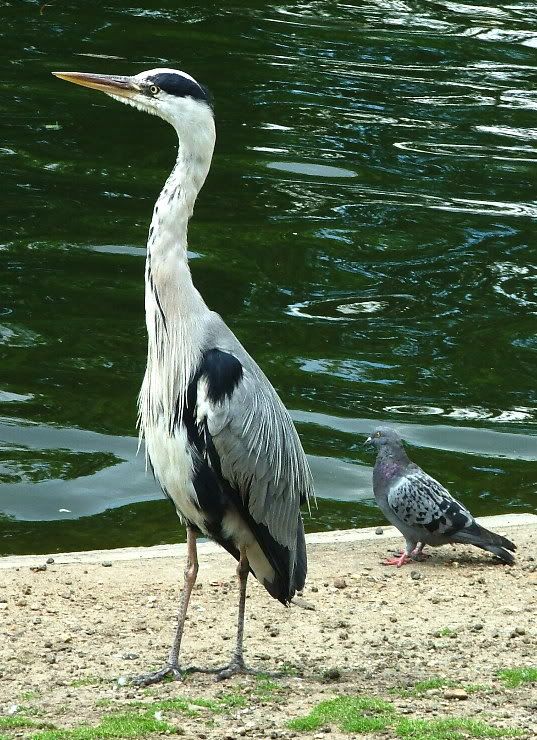
 Those plumes, a most handsome bird.
Those plumes, a most handsome bird.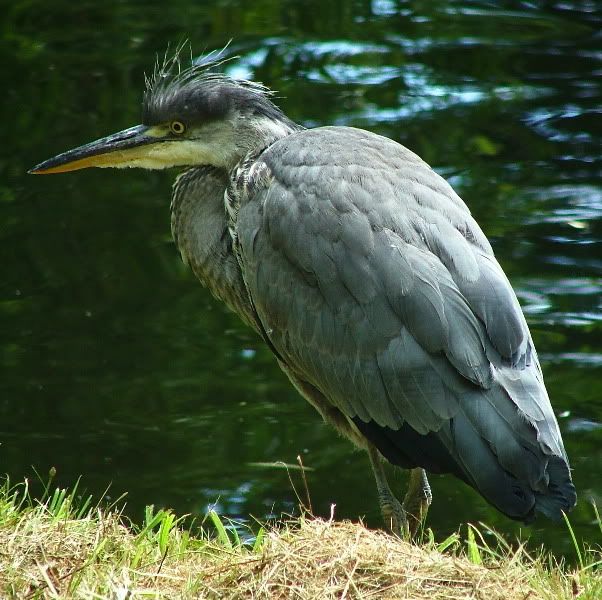 Nonetheless, the scruffy immatures have a charm of their own.
Nonetheless, the scruffy immatures have a charm of their own.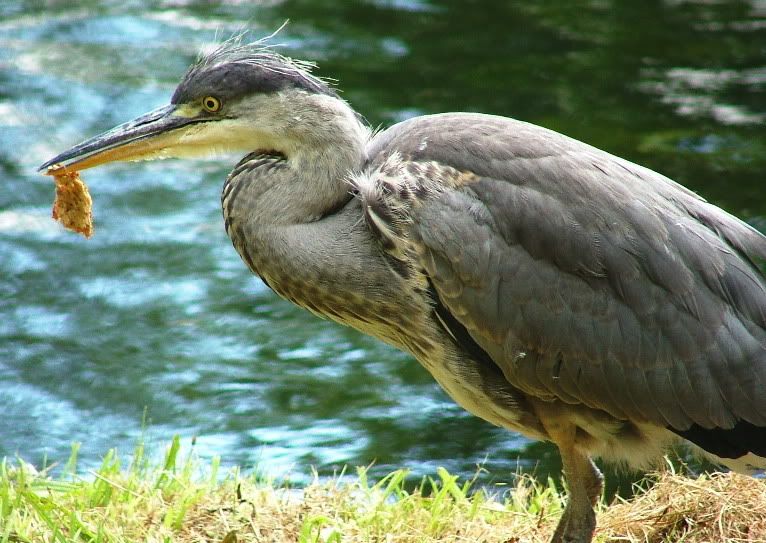 They'll peck at anything.
They'll peck at anything.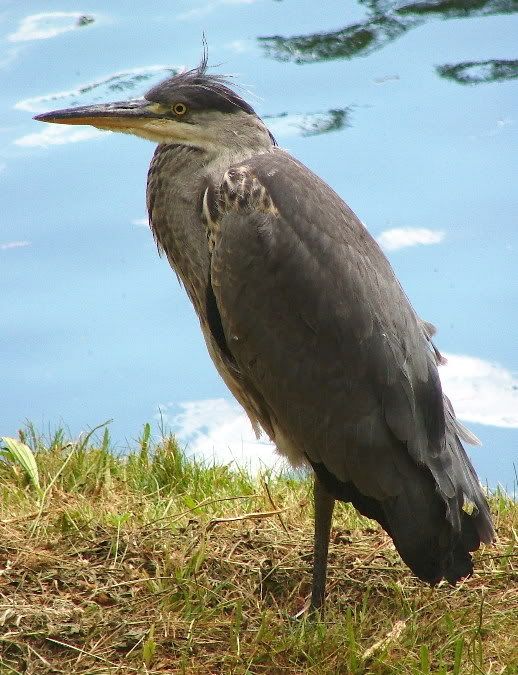
 Truly park birds.
Truly park birds.
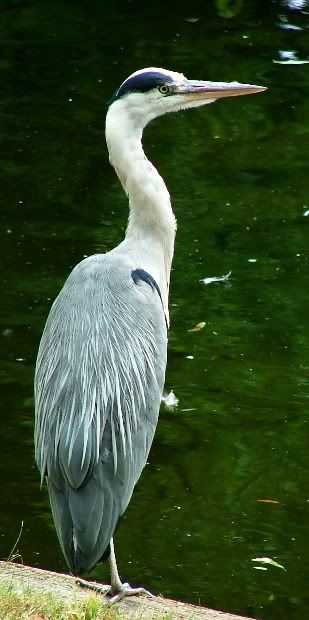
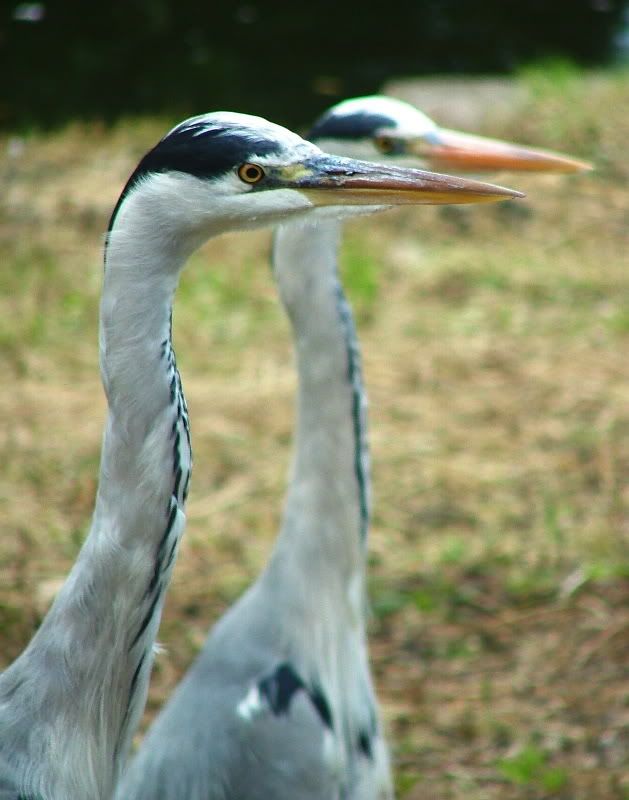 Little more than an arm's length away!
Little more than an arm's length away!
